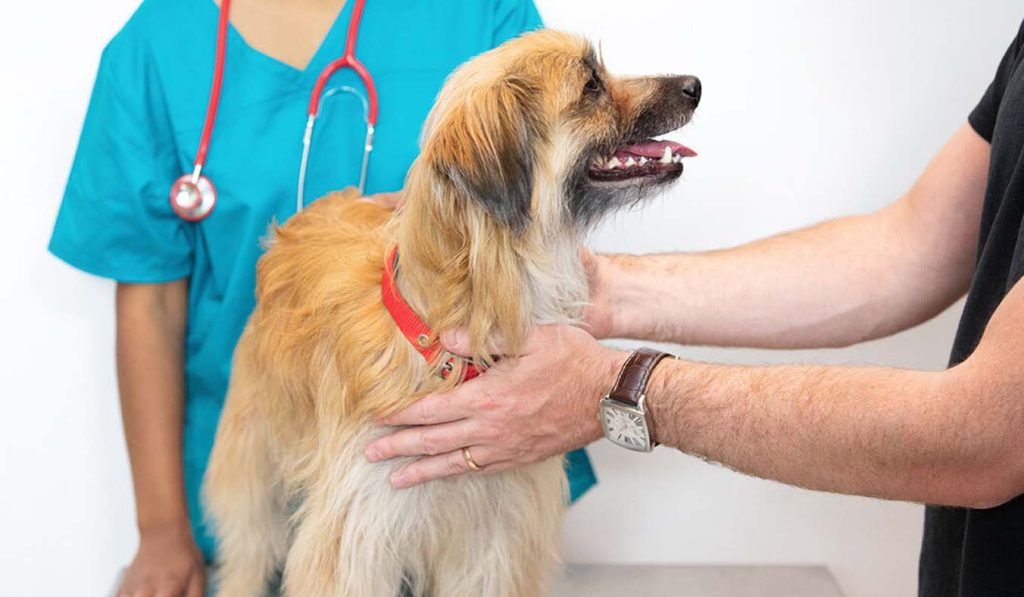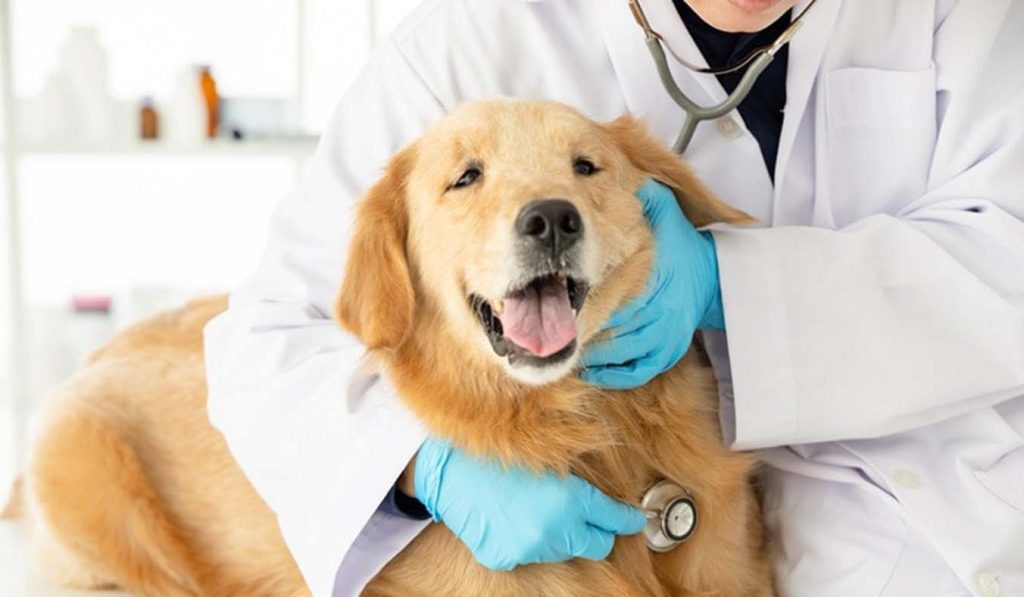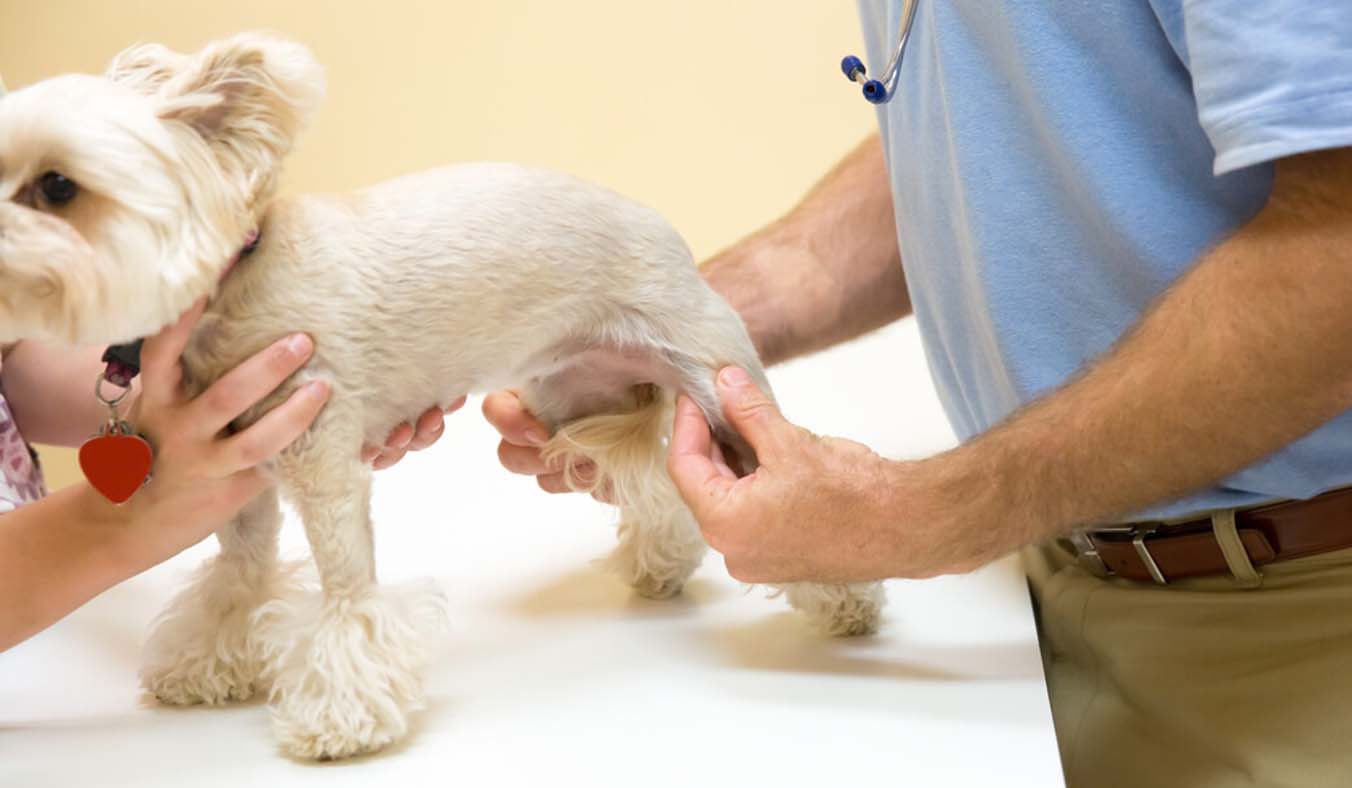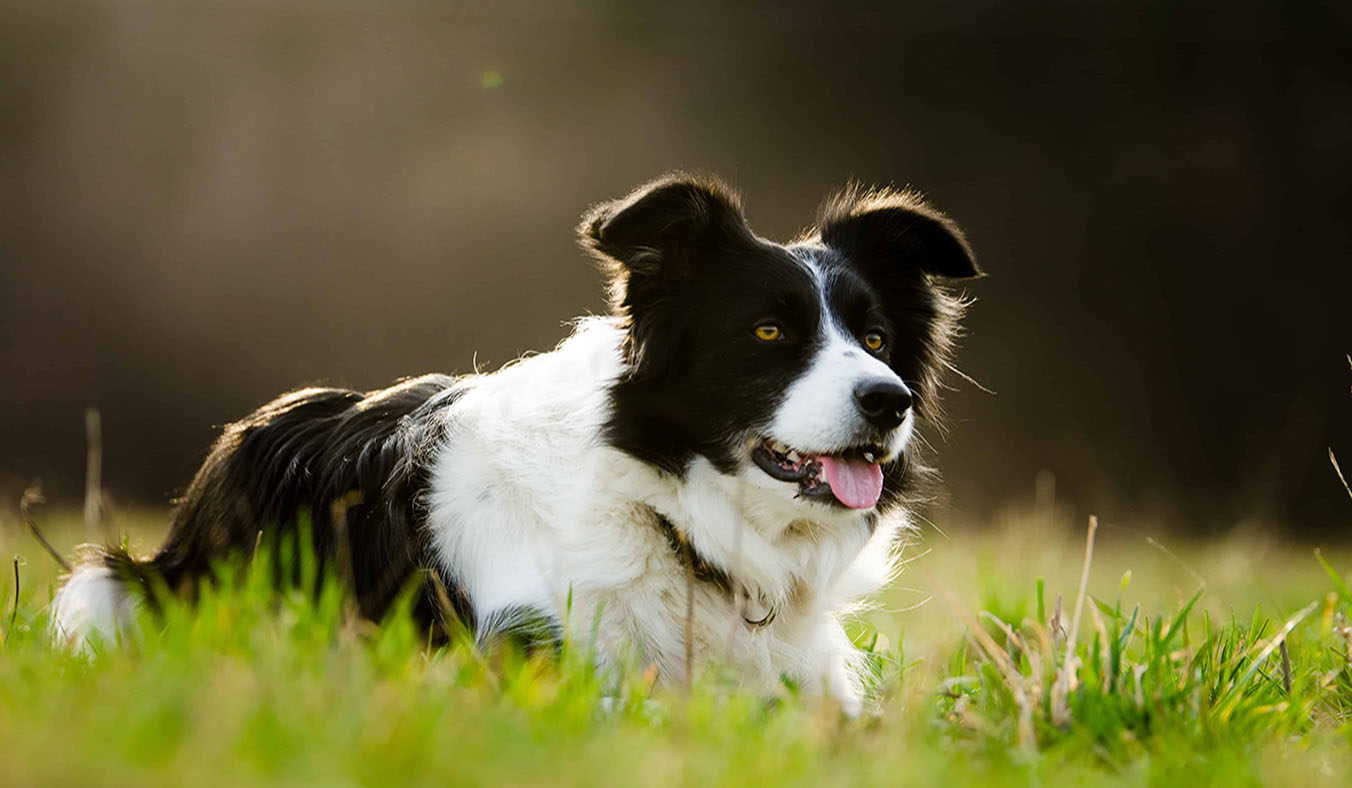Patellar luxation, a common orthopedic issue in dogs, occurs when the kneecap (patella) dislocates or moves out of its normal position within the groove of the thigh bone (femur). This condition can affect dogs of all breeds and sizes, leading to discomfort and mobility issues. Here’s what every pet owner should know about patellar luxation in dogs:
Understanding Canine Patellar Luxation
Canine patellar luxation is a condition where the kneecap, or patella, moves out of its normal position within the groove of the thigh bone, or femur. This displacement disrupts the knee’s normal function and can lead to discomfort and mobility issues for the affected dog.
There are several factors that can contribute to patellar luxation in dogs. One common cause is genetic predisposition, where certain breeds are more prone to this condition due to inherited anatomical abnormalities. Breeds such as Chihuahuas, Pomeranians, and Yorkshire Terriers are among those predisposed to patellar luxation. Additionally, trauma, such as a sudden injury or impact to the knee, can also cause the patella to dislocate. Congenital abnormalities in the alignment of the bones and muscles around the knee joint, as well as muscle imbalances, can increase the risk of patellar luxation.
The symptoms of patellar luxation vary depending on the severity of the condition. Mild cases may result in occasional limping or skipping, especially after physical activity, while severe cases can lead to persistent lameness and difficulty bearing weight on the affected leg. Dogs with patellar luxation may also show signs of pain, such as vocalization or reluctance to move the affected limb.
Treatment options for canine patellar luxation depend on the severity of the condition. In mild cases, conservative management, including rest, physical therapy, and anti-inflammatory medications, may be sufficient to manage symptoms. However, more severe cases may require surgical intervention to realign the patella and stabilize the knee joint.
Preventing patellar luxation in dogs involves avoiding activities that could lead to trauma or injury, maintaining a healthy weight to reduce strain on the joints, and selective breeding practices to minimize the incidence of genetic predisposition in susceptible breeds.
Early recognition and appropriate management of patellar luxation are crucial to improving the quality of life for affected dogs and minimizing long-term complications associated with the condition.
Signs of Patellar Luxation in Dogs

Patellar luxation in dogs can manifest in various ways, and recognizing the signs is crucial for early detection and appropriate management. Here are some specific symptoms to watch for:
- Intermittent Lameness: Dogs with patellar luxation may exhibit intermittent lameness, where they may suddenly skip or hop while walking, especially after strenuous activity or exercise. This skipping gait is often due to the displacement of the kneecap out of its normal position.
- Leg Lifting or Holding: Another common sign is when dogs hold the affected leg off the ground or lift it momentarily while walking. This behavior can indicate discomfort or instability in the knee joint caused by the patellar displacement.
- Pain or Discomfort: Dogs experiencing patellar luxation may show signs of pain or discomfort, which can vary in severity. They may vocalize, whimper, or exhibit signs of distress, especially when attempting to move or put weight on the affected leg. Some dogs may also display protective behaviors, such as avoiding activities that exacerbate their discomfort.
- Swelling or Enlargement: In more severe cases of patellar luxation, swelling or enlargement around the knee joint may be visible or palpable. This swelling can result from inflammation and irritation of the surrounding tissues due to the abnormal movement of the kneecap.
- Altered Gait: Dogs with patellar luxation may have an altered gait characterized by a bunny-hopping motion or a bow-legged appearance. This abnormal gait is a compensatory mechanism to accommodate the instability in the affected knee joint.
It’s essential for dog owners to monitor their pet’s mobility and behavior closely, especially if they belong to breeds predisposed to patellar luxation. If any of these signs are observed, prompt veterinary evaluation is recommended to assess the severity of the condition and determine the most appropriate course of action for treatment. Early intervention can help alleviate discomfort, prevent further joint damage, and improve the overall quality of life for dogs affected by patellar luxation.
Treatment Options for Patellar Luxation
Addressing patellar luxation in dogs involves a tailored approach based on the severity of the condition and the dog’s overall health. Here are some common treatment options:
- Conservative Management: In mild cases of patellar luxation, conservative management may be sufficient. This approach often includes weight management to reduce stress on the joints, physical therapy to strengthen surrounding muscles and improve joint stability, and the use of joint supplements containing glucosamine and chondroitin sulfate to support joint health.
- Surgical Intervention: Severe or recurrent cases of patellar luxation typically require surgical correction. There are several surgical techniques available, depending on the underlying cause and severity of the luxation. These may include realigning the patella, deepening the trochlear groove of the femur to better accommodate the patella, or addressing any soft tissue abnormalities contributing to the luxation. Your veterinarian will recommend the most appropriate surgical procedure based on your dog’s specific condition.
- Postoperative Care: Following surgery, strict postoperative care is essential for a successful recovery. This may involve a period of restricted activity, confinement to a crate or small area to prevent excessive movement, and the use of pain management medications as prescribed by your veterinarian. Physical rehabilitation exercises, such as controlled leash walks and passive range-of-motion exercises, may also be recommended to promote healing and restore normal joint function.
- Long-Term Monitoring: After treatment, regular veterinary check-ups are crucial to monitor your dog’s progress and assess the effectiveness of the treatment plan. Your veterinarian may recommend periodic radiographs (X-rays) to evaluate the joint and ensure that the surgical correction remains stable over time.
By working closely with your veterinarian and following their recommendations, you can help manage your dog’s patellar luxation effectively and improve their quality of life. Early intervention and appropriate treatment are key to minimizing discomfort, preventing joint degeneration, and maximizing mobility in affected dogs.
Preventing Patellar Luxation in Dogs

While some risk factors for patellar luxation, such as genetics, cannot be controlled, proactive measures can help minimize the likelihood of this condition:
- Selective Breeding: Responsible breeding practices play a critical role in reducing the prevalence of patellar luxation. Breeders should avoid mating dogs with a history of patellar luxation and prioritize breeding from healthy, sound individuals to help decrease the inheritance of predisposing factors.
- Maintaining a Healthy Weight: Obesity is a significant risk factor for musculoskeletal issues, including patellar luxation. Pet owners should ensure their dogs maintain a healthy weight through a balanced diet and regular exercise. Avoid overfeeding and provide opportunities for physical activity to strengthen muscles and support joint health.
- Regular Veterinary Check-ups: Routine veterinary examinations are essential for early detection of orthopedic issues like patellar luxation. During check-ups, veterinarians can assess joint health, identify any abnormalities, and recommend appropriate preventive measures or treatment plans. Additionally, discuss your dog’s genetic predisposition to patellar luxation with your veterinarian to develop a proactive health management strategy.
- Environmental Modifications: Create a safe environment for your dog by minimizing potential hazards that could contribute to joint injuries. Remove obstacles and hazards from indoor and outdoor spaces to reduce the risk of falls or traumatic injuries that could lead to patellar luxation.
- Proactive Management of Joint Health: Incorporate preventive measures to support your dog’s joint health, such as providing joint supplements containing ingredients like glucosamine, chondroitin sulfate, and omega-3 fatty acids. These supplements can help maintain cartilage health, reduce inflammation, and support overall joint function.
By implementing these preventive strategies and working closely with your veterinarian, you can help reduce the risk of patellar luxation in your dog and promote their long-term musculoskeletal health and well-being. Early intervention and proactive management are key to ensuring a happy, healthy life for your canine companion.
By understanding the signs, treatment options, and prevention strategies for patellar luxation, pet owners can provide their canine companions with the best possible care and quality of life.



